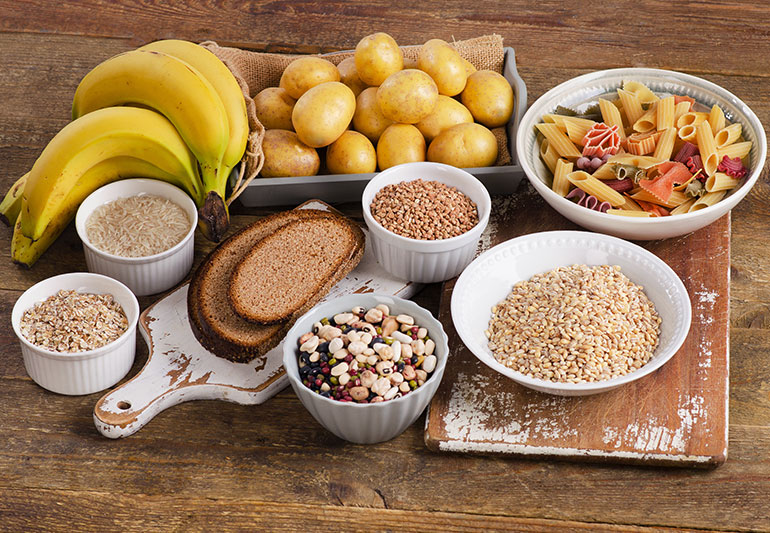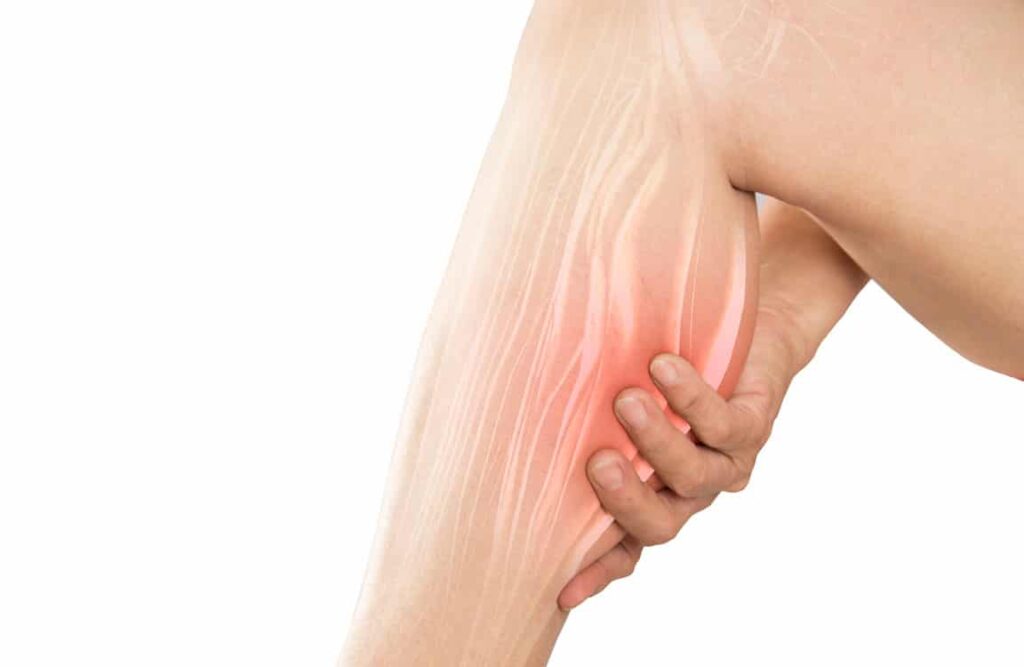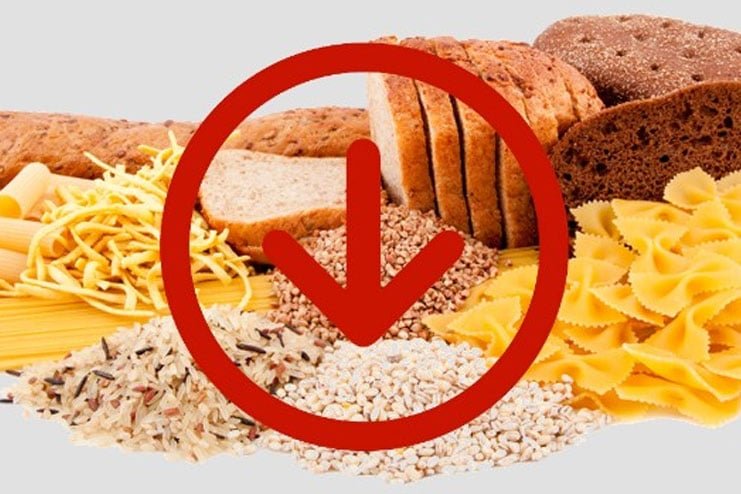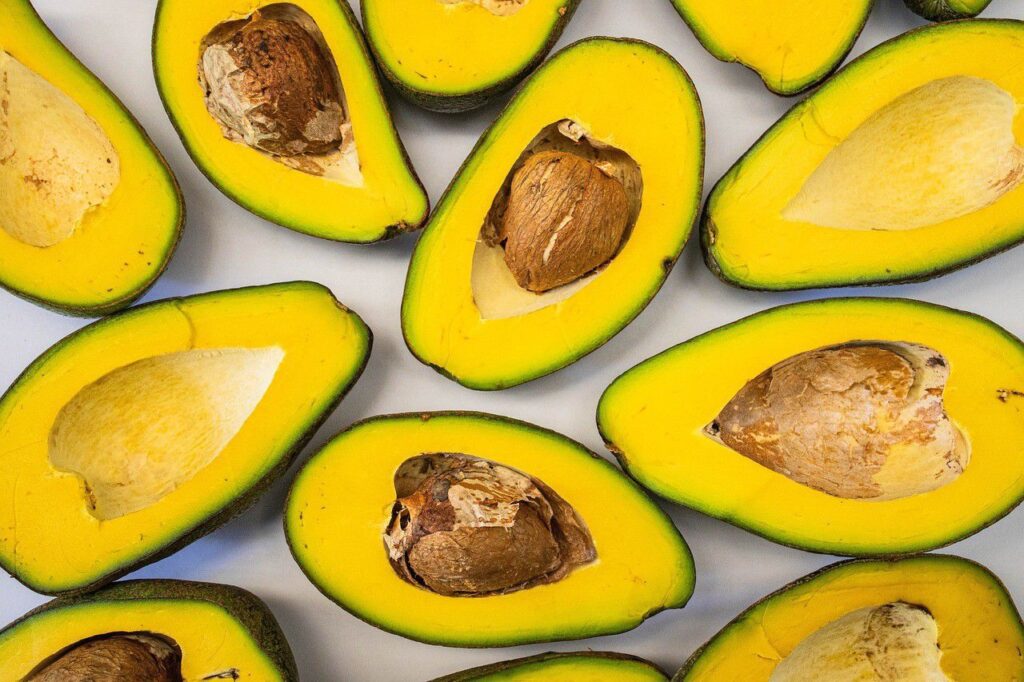In the last few years, ketogenic diet has gained immense popularity for its potential benefits, including weight loss and improved metabolic health. However, as individuals transit from a typical carbohydrate-rich diet to one that is low in carbs and high in fats, they may experience what is commonly referred to as the “keto flu.” In this comprehensive guide, we will delve into the details of the keto flu, exploring its causes, symptoms, prevention strategies, and effective management techniques. Let’s get started.
What is the Keto Flu?
The term “keto flu” describes a set of symptoms that some people experience during the initial stages of adopting a ketogenic diet. It is not an actual flu but rather a collection of temporary side effects that occur as the body adjusts to the significant changes in dietary composition.

Causes of the Keto Flu
If you are following keto diet and well aware about how this type of diet works then you can also guess the probable causes of keto flu. Let’s take a look into all the factors that can cause this flu.
Electrolyte Imbalance
As the body shifts into ketosis, there is a diuretic effect leading to increased excretion of electrolytes such as sodium, potassium, and magnesium. That’s why, consuming foods rich in electrolytes is so crucial when you are following keto diet. You might have noticed in our article on “Keto Diet” where we talked about how important it is to maintain electrolyte balance and hydration.

Dehydration
Reduced insulin levels can result in increased urinary water loss, potentially leading to dehydration. For this reason, along with focusing on electrolytes, you have to also make sure that your hydration level stays in check.

Carbohydrate Withdrawal
Abruptly reducing carbohydrate intake can trigger withdrawal-like symptoms as the body adapts to utilizing fat for fuel which is why we suggest not to change the diet into a ketogenic diet by reducing the carbs abruptly rather reduce the carbs gradually and then transit your diet into a ketogenic one fully.

Symptoms of the Keto Flu
The symptoms of the keto flu can vary from person to person, and not everyone will experience all of them. Common symptoms of this type of flue are as follows:
Fatigue and Weakness
Many individuals report feeling unusually tired or weak during the early stages of the keto diet. This can be a result of the body adjusting to the new energy source.

Headache
Headaches are a frequent complaint during the keto flu. Dehydration and electrolyte imbalances may contribute to this symptom.
Nausea and Dizziness
Some people experience feelings of nausea or dizziness, often linked to electrolyte disturbances or changes in blood sugar levels.
Irritability and Mood Swings
Changes in blood sugar levels and the body’s adjustment to ketosis can impact mood, leading to irritability or mood swings.
Muscle Cramps
Electrolyte imbalances, particularly a deficiency in magnesium, can result in muscle cramps in various body parts like in stomach, arms and thighs. Moreover, electrolyte imbalances can lead to spasms.

Difficulty Sleeping
Changes in energy metabolism may affect sleep patterns, leading to difficulties falling or staying asleep or losing the quality of the sleep.

Preventing the Keto Flu
Gradual Transition
As we already said, gradually reduce carbohydrate intake rather than making an abrupt switch. This allows the body to adapt the keto diet and ketosis more smoothly.

Carb Cycling
Some individuals find success with a cyclical approach that provides higher-carb days periodically. You can consider incorporating Targeted Ketogenic Diet (TKD) or Cyclical Ketogenic Diet (CKD) especially if you engage in intense physical activities. With these types of carb cycling during keto, your body can adapt the diet easily.
Hydration
Maintain proper hydration by drinking sufficient water throughout the day. Adequate water intake can also help prevent constipation which is another common side effect of keto flu. You can also add a pinch of salt in the water for sodium balance.
Increase Electrolyte Intake
Proactively supplement with electrolytes, especially sodium, potassium, and magnesium. This can be achieved through diet by including foods rich in these minerals and, if needed, with supplements.

Add salt to meals, consume broth or bouillon, or include sodium-rich foods. Incorporate potassium-rich foods such as avocados, leafy greens, and nuts. Lastly, include magnesium-rich foods like spinach, almonds, and pumpkin seeds.
Balanced Nutrition
Ensure a well-balanced intake of macronutrients. Include an adequate amount of healthy fats, moderate protein, and low-carb vegetables. Our article on “Keto diet plan: foods to eat” explains in detail about what to eat in a keto diet along with sample keto meal plans so that you can also make your customised diet plan with balanced nutrition.
Monitor Fiber Intake
While the keto diet is low in overall carbs, it’s essential to include fiber-rich vegetables to support digestive health. A healthy digestive system can help you prevent the flu.
Be Patient
Patience is a virtue. Recognize that the symptoms of the keto flu are typically temporary and often improve within a week or two as the body adapts to the new metabolic state. So, utilise all the prevention tips that we just discussed and be patient.
Conclusion
While the keto flu can present challenges during the initial stages of adopting a ketogenic diet, understanding its causes and taking proactive measures can significantly mitigate its impact. By gradually transitioning, staying hydrated, prioritizing electrolyte balance, and consuming nutrient-dense foods, individuals can navigate the keto flu more smoothly. It’s essential to listen to your body, make adjustments as needed, and recognize that the symptoms are temporary, paving the way for the numerous potential benefits of the ketogenic lifestyle. If symptoms persist or are severe, consulting with a healthcare professional is advisable to rule out any underlying issues. Hopefully, you found this article helpful enough. If you really did then let us know your valuable thoughts in the comment section below. Thanks for visiting and appreciating our work.
